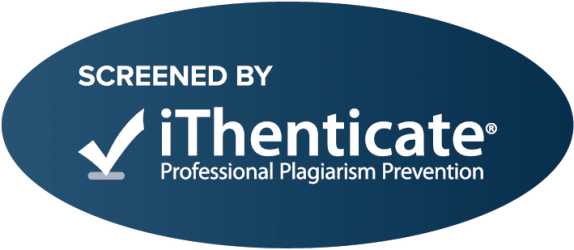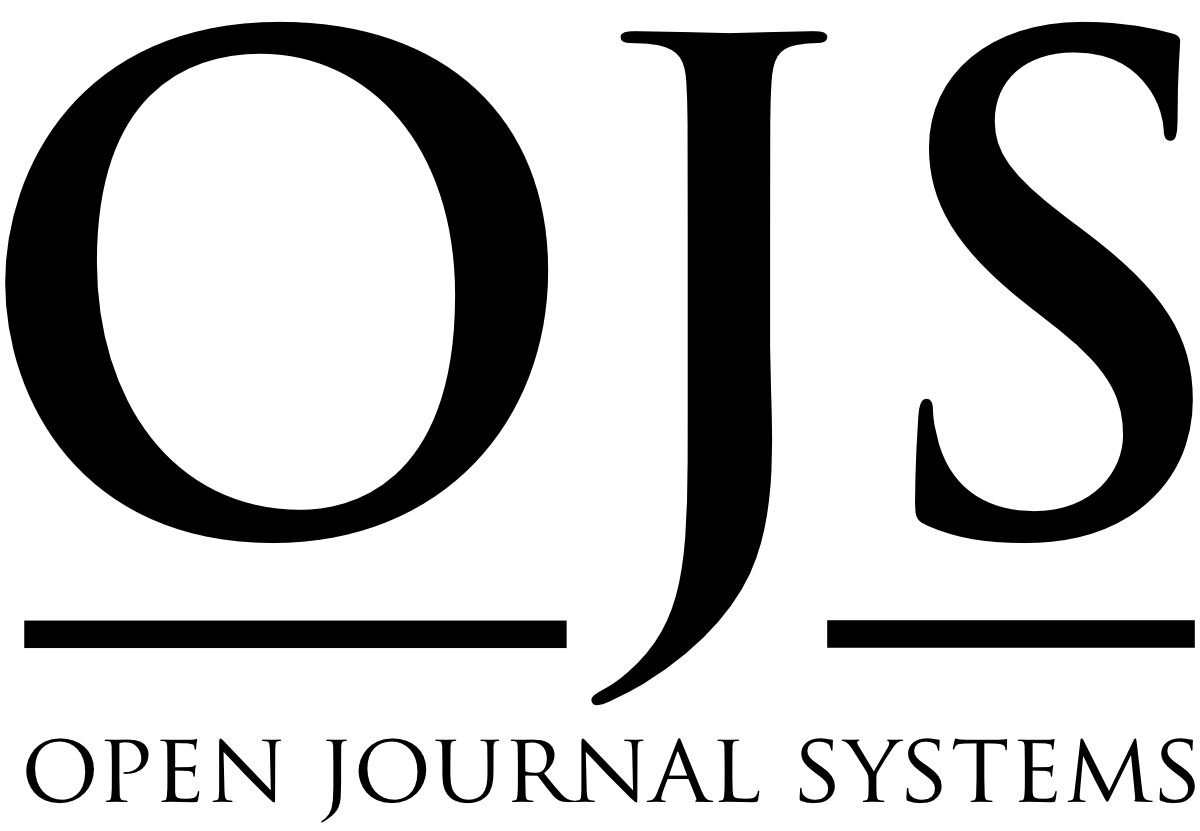Usage of Universal Design for Learning in Mathematic Course
Keywords:
Academic achievement, attitude, primary school students, student opinions, universal design for learningAbstract
The aim of this study is to investigate the effect of Universal Design for Learning on students’ academic achievement and attitudes towards mathematics course, and to reveal the opinions of the students about Universal Design for Learning. In this study, the explanatory sequential mixed method was used. The participants consisted of 33 primary school students from two different 4th grade classes at a primary school. In the quantitative part of the study, non-equivalent control groups design was utilized. Data were collected through an academic achievement test and an attitude scale. The findings indicated that Universal Design for Learning had a large effect on academic achievement and attitudes towards mathematics course. In the qualitative part of the study, case study was used and data were collected through a focus group interview. The students participating in the interview were identified with a maximum variation sampling method. The students stated that Universal Design for Learning improved their attention, interest, cooperation, and self-regulation skills. They also stated that Universal Design for Learning supported their retention of knowledge, multiple representations of knowledge, and active participation to lesson. As a result, Universal Design for Learning is thought to be one of the effective methods in mathematic courses and its use is recommended.Downloads
References
Aladağ, Soner. İlköğretim matematik öğretiminde proje tabanlı öğrenme yaklaşımının öğrencilerin akademik başarısına ve tutumuna etkisi. Unpublished Master’s Thesis, Gazi University, Ankara, 2005.
Burgstahler, Sherly. Universal design of instruction (UDI): Definition, principles, guidelines, and examples. Seattle: DO-IT, University of Washington, 2008. Retrieved June 10, 2020 from http://www.washington.edu/doit/Brochures/Academ ics/instruction.html
CAST. Universal design for learning guidelines version 2.2 [Graphic organizer]. Wakefield, MA: Author, 2018. Retrieved May 5, 2020 from http://udlguidelines.cast.org
Courey, Susan J., Phyllis Tappe, Jody Siker & Pam LePage. “Improved lesson planning with universal design for learning (UDL)”. Teacher Education and Special Education, 36(1) (2013): 7-27.
Creswell, John W. Educational research: Planning, conducting, and evaluating quantitative and qualitative research. Boston: Pearson Education, 2012.
Davies, Patricia L., Catherine L. Schelly & Craig L. Spooner. “Measuring the effectiveness of universal design for learning intervention in postsecondary education”. Journal of Postsecondary Education and Disability, 26(3) 2013: 195–220.
Eagleton, Maya. Universal design for learning. EBSCO Research Starters, 2008. Retrieved July 12, 2019 from https://www.ebscohost.com/uploads/imported/thisT opic-dbTopic-1073.pdf
Felton, Kimberly L. Teacher training using universal design for learning and strategic planning in k-8 mathematics education: A qualitative descriptive case study. Doctoral dissertation. University of Phoenix, USA, 2012. Franz, Pompkyl D., Jessica Ivy & Bethany R. McKissick. “Equity and access: All students are mathematical problem solvers”. Clearing House, 89(2) 2016: 73- 78.
Gay, Lorraine R. & Peter W. Airasian. Educational research: Competencies for analysis and experience. New Jersey: Prentice Hall, 2000.
Green, Samuel B., Neil J. Salkind & Theresa M. Akey. Using SPSS for windows analyzing and understanding data. New Jersey: Prentice Hall, 2000.
Hall, Tracey E., Nicole Cohen, Ge Vue & Patricia Ganley. “Addressing learning disabilities with UDL and technology: Strategic reader”. Learning Disability Quarterly, 38(2) 2015: 72–83.
He, Ye. “Universal design for learning in an online teacher education course: Enhancing learners’ confidence to teach online”. MERLOT Journal of Online Learning and Teaching, 10(2) 2014: 283–298.
Hitchcock, Chuck & Skip Stahl. “Assistive technology, universal design, universal design for learning: improved learning opportunities”. Journal of Special Education Technology, 18(4) 2003: 45-52.
Izzo, Margaretha V., Alexa Murray & Jeanne Novak. “The faculty perspective on universal design for learning”. Journal of Postsecondary Education and Disability, 21(2) 2008: 60-72.
Jeon, Young-Joo & Je-Young Lee. “An observation and analysis of elementary school English classes based on universal design for learning”. Proceedings of the International Conference on Platform Technology and Service (PlatCon), North Korea, (2017). Retrieved July 12, 2019 from https://ieeexplore.ieee.org/document/7883686
Kennedy, Michael J., Cathy N. Thomas, J. Patrick Meyer, Kat D. Alves & John W. Lloyd. “Using evidence-based multimedia to improve vocabulary performance of adolescents with LD: A UDL approach”. Learning Disability Quarterly, 37(82) 2014: 71–86.
Kitanosako, Yumiko S. Applying principles of universal design for learning to early elementary math classes in Japan: A case study. Doctoral dissertation. University of Kansas, USA, 2012.
McGhie-Richmond, Donna & Andrew N. Sung. “Applying universal design for learning to instructional lesson planning”. International Journal of Whole Schooling, 9(1) 2012: 43–59.
McGuire-Schwartz, Mary E. & Janet S. Arndt. “Transforming universal design for learning in early childhood teacher education from college classroom to early childhood classroom”. Journal of Early Childhood Teacher Education, 28(2) 2007: 127-139.
Ministry of National Education of Turkey [MEB]. Matematik dersi öğretim programı (İlkokul ve ortaokul 1, 2, 3, 4, 5, 6, 7 ve 8. Sınıflar). Ankara, 2018. Retrieved February 22, 2019 from http://mufredat.meb.gov.tr/ProgramDetay.aspx?PID =329
Meyer, Anne, David H. Rose & David T. Gordon. Universal design for learning: Theory and practice. Wakefield, MA: CAST, 2014. Retrieved April 05, 2019 from http://www.cast.org/ourwork/publications/2014/universal-design-learningtheory-practice-udl-meyer.html.
Nelson, Loui L. Design and deliver: Planning and teaching using universal design for learning. Baltimore: Paul H. Brookes Publishing, 2014.
Rao, Kavita & Grace Meo. “Using universal design for learning to design standards-based lessons”. SAGE Open, 6(4) 2016: 1-12.
Rose, David. “Universal design for learning”. Journal of Special Education Technology, 15 (1) 2000: 67-70. ose, David. “Universal design for learning: Driving guiding principles for networks that learn”. Journal of Special Education Technology, 16(2) 2001: 66-67.
Rose, David & Anne Meyer. Teaching every student in the digital age: Universal design for learning. Virginia: ASCD, 2002.
Smith, Frances G. Perceptions of universal design for learning (UDL) in college classrooms. Doctoral dissertation. The George Washington University, USA, 2008.
Staulters, Merry L. A universal design for learning mathematics: Reducing barriers to solving word problems. Doctoral dissertation. State University of New York, USA, 2006.
Thomas, Cathy N., Delinda V. Garderen, Amy Scheuermann & Eun Ju Lee. “Applying a universal design for learning framework to mediate the language demands of mathematics”. Reading and Writing Quarterly, 31(3) 2015: 207-234.
Walker, Zachary, Don D. McMahon, Kara Rosenblatt & Tracy Arner. “Beyond Pokémon: augmented reality is a UDL tool”. SAGE Open, 2015: 1-8.
Woolfolk, Anita. Educational psychology. Boston: Allyn and Bacon, 2001.
Yuzlu, Muhammet Y. & Ali Arslan. “The effect of Universal Design for Learning on the academic achievement and self-regulation skills of high school students in English Course”. Journal of Education and Practice, 8(18) 2017: 66- 70.
Additional Files
Published
How to Cite
Issue
Section
License

This work is licensed under a Creative Commons Attribution-NonCommercial-NoDerivatives 4.0 International License.










